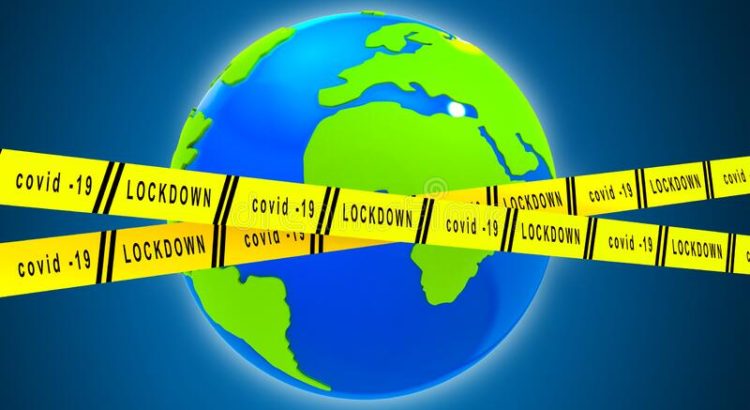Dr Sreenivasa Raju Kalidindi, CEO and Medical Director, Apollo Radiology International, sheds light on the various aspects of lockdown and the importance of an increased investment in healthcare to deal with it and its aftermaths
Prime Minster Narendra Modi has confirmed the inevitable, an extension of the nationwide lockdown. Despite the population density and weaknesses in the public health systems, India has done considerably well compared to several developed countries in handling this pandemic. As of 14th April, 2020, around 0.0007 per cent of Indian population is confirmed to have COVID-19, compared to 0.14 per cent of the population in the UK and 0.17 per cent in the USA. The mortality rate is also comparatively low at 3.2 per cent. The mortality in the UK is at 13 per cent and in the USA at 4.2 per cent.
It is possible that the low number of cases in India could be due to inadequate testing to some extent. It is also possible that there are other unknown factors that are reducing the rate of transmission of disease in South Asia since even Bangladesh and Pakistan are also reporting low numbers like India. Nevertheless, the quick, comprehensive and integrated actions taken by the central and state governments in India are commendable and must have definitely helped in keeping the outbreak in control in our country.
However, these lockdowns cannot continue forever. The people of India have shown remarkable strength so far but as time goes by, the financial pain will become unbearable to a significant proportion of individuals and small businesses. For daily income workers, the outcome would be even more disastrous. So, in all likelihood, we will begin to see relaxation of the restrictions sooner rather than later. This may be an aberration compared to the strategy used in most other countries where the lifting of lockdowns is being done after crossing the peak and when they are definitely on the downward slope of the curve. In India, however, it is possible that several states may have not yet crossed the peak and the impacts of lifting the lockdown are yet unknown.
It is therefore critical for people to understand that easing of restrictions does not mean that they can go back to their normal ways of life. We’re in this for a long time and it is imperative that we all get used to some long-term behavioural modifications to keep this outbreak from re-emerging. It is possible that we will continue to see limited local lockdowns being imposed as the governments are likely to continue to employ early testing, aggressive contact tracing and quarantines. However, the single-most important thing is for people to refrain from any rebound increase in social activity and continue to show responsibility and discipline. We also need to be prepared to face significant ongoing restrictions in international travel as most countries will employ screening/testing and isolation as mandatory requirements.
Exactly how and when our lives will ‘completely’ return to normal is yet unknown. Things will begin to get better once we have effective treatment options that reduce severity of the disease. Ultimately, it will require global herd immunity developed by vaccination to bring this under control and for us to get our way of lives back.
In the meantime, in several countries where the infection rate is high, there will be some degree of herd immunity due to infection itself, especially because of a large number of undiagnosed asymptomatic cases. This might help slow down the rate of transmission along with the other measures; but ultimately, an effective vaccine is the main solution and fortunately, there are aggressive efforts in various countries to rapidly bring out a safe vaccine. It is possible that we might have one available as early as the end of this year.
In the meantime, as discussed above, it is absolutely critical that the public keep in mind that lifting of lockdown does not mean a return to normal and continue to maintain the current responsible behaviour. Hopefully, we can all return to our normal lives sooner rather than later.
However, this pandemic might change the definition of what we consider as ‘normal.’ This has been a reality check for the humanity, and we all had time to understand what is really essential in our lives. More importantly, we should hope that the governments around the world realise that rather than spending huge budgets on arms and missiles meant to fight amongst overserves, together, we should be focusing on spending our resources on common enemies for the whole world like diseases and climate change. Increased investment in healthcare is mandatory.
About the Author


